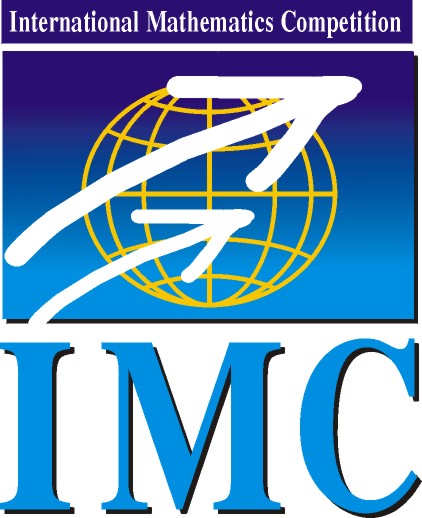
|
International Mathematics Competition
|
IMC 2026 |
| Information | Results | Problems & Solutions |
IMC2017: Day 2, Problem 10
10. Let $K$ be an equilateral triangle in the plane. Prove that for every $p>0$ there exists an $\varepsilon>0$ with the following property: If $n$ is a positive integer, and $T_1,\ldots,T_n$ are non-overlapping triangles inside $K$ such that each of them is homothetic to $K$ with a negative ratio, and $$ \sum_{\ell=1}^n \textrm{area}(T_\ell) > \textrm{area}(K)-\varepsilon, $$ then $$ \sum_{\ell=1}^n \textrm{perimeter}(T_\ell) > p. $$
Proposed by: Fedor Malyshev, Steklov Mathematical Institute and Ilya Bogdanov, Moscow Institute of Physics and Technology
Solution. For an arbitrary $\varepsilon>0$ we will establish a lower bound for the sum of perimeters that would tend to $+\infty$ as $\varepsilon\to+0$; this solves the problem.
Rotate and scale the picture so that one of the sides of $K$ is the segment from $(0,0)$ to $(0,1)$, and stretch the picture horizontally in such a way that the projection of $K$ to the $x$ axis is $[0,1]$. Evidently, we may work with the lengths of the projections to the $x$ or $y$ axis instead of the perimeters and consider their sum, that is why we may make any affine transformation.
Let $f_i(a)$ be the length of intersection of the straight line $\{x=a\}$ with $T_i$ and put $f(a)=\sum_i f_i(a)$. Then $f$ is piece-wise increasing with possible downward gaps, $f(a)\leq 1-a$, and $$ \int_0^1 f(x)\,\mathrm{d}x\geq \frac12-\varepsilon. $$ Let $d_1,\dots,d_N$ be the values of the gaps of $f$. Every gap is a sum of side-lengths of some of $T_i$ and every $T_i$ contributes to one of $d_j$, we therefore estimate the sum of the gaps of $f$.
In the points of differentiability of $f$ we have $f'(a)\geq f(a)/a$; this follows from $f_i'(a)\geq f_i(a)/a$ after summation. Indeed, if $f_i$ is zero this inequality holds trivially, and if not then $f'_i=1$ and the inequality reads $f_i(a)\le a$, which is clear from the definition.
Choose an integer $m=\lfloor 1/(8\varepsilon)\rfloor$ (considering $\varepsilon$ sufficiently small). Then for all $k=0,1,\dots,[(m-1)/2]$ in the section of $K$ by the strip $k/m\leq x\leq (k+1)/m$ the area, covered by the small triangles $T_i$ is no smaller than $1/(2m)-\varepsilon\geq 1/(4m)$. Thus $$ \int_{k/m}^{(k+1)/m}f'(x)\,\mathrm{d}x\geq \int_{k/m}^{(k+1)/m}\frac{f(x)\,\mathrm{d}x}x \geq \frac{m}{k+1}\int_{k/m}^{(k+1)/m}f(x)\,\mathrm{d}x \geq \frac{m}{k+1}\cdot \frac1{4m}=\frac1{4(k+1)}. $$ Hence, $$ \int_0^{1/2}f'(x)\,\mathrm{d}x\geq \frac14\left(\frac11+\dots+\frac1{[(m-1)/2]}\right). $$ The right hand side tends to infinity as $\varepsilon\to+0$. On the other hand, the left hand side equals $$ f(1/2)+\sum_{x_i<1/2}d_i; $$ hence $\sum_id_i$ also tends to infinity.
© IMC